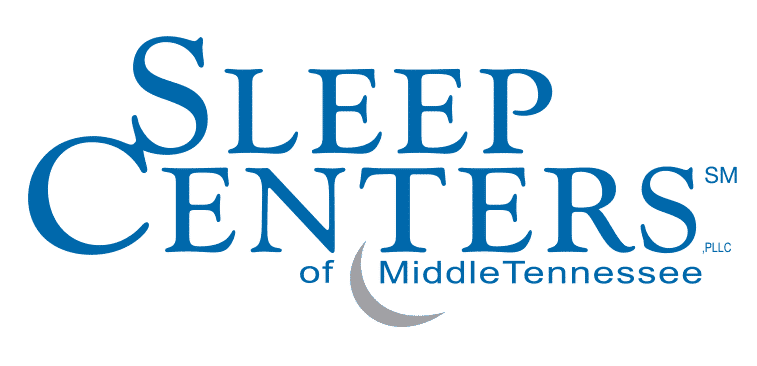Sleep Apnea Treatment Options
Sleep apnea is one of the most common sleep disorders Americans suffer from (about 22 million people). People can have sleep apnea at any age; however, it occurs more often in adults, especially those who are overweight, as fat accumulation in the tongue can increase the chances of blocking the airway when the body relaxes.
It is known that 40% of the population snores (a common symptom of sleep apnea) and out of those who snore, 80% may have OSA. This occurs when throat tissues relax and partially block the upper airway — something research has shown weight loss can help alleviate. Although the percentage of OSA is high, it is estimated that 17 million people haven’t been diagnosed yet, according to the American Sleep Apnea Association.
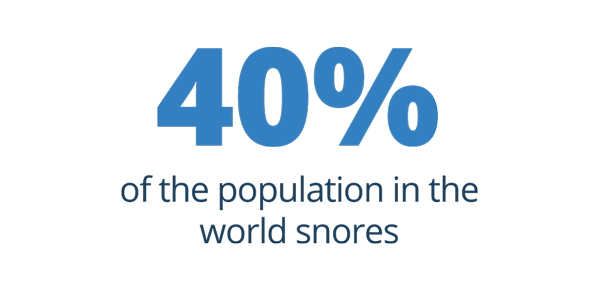
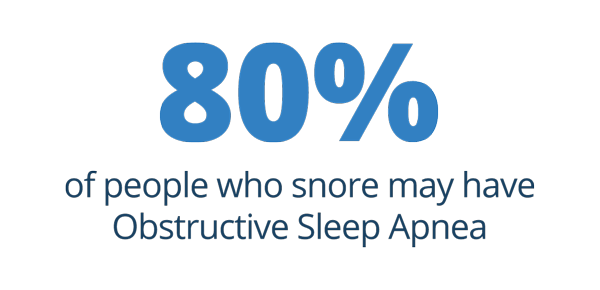
Without treatment, obstructive sleep apnea can have life-shortening consequences. That’s why timely diagnosis is critical to avoid more serious health issues.
FIND OUT IF YOU HAVE SLEEP APNEA >
Types of Sleep Apnea
There are three main types of sleep apnea: obstructive sleep apnea (OSA), central sleep apnea (CSA), and complex (or mixed sleep apnea).
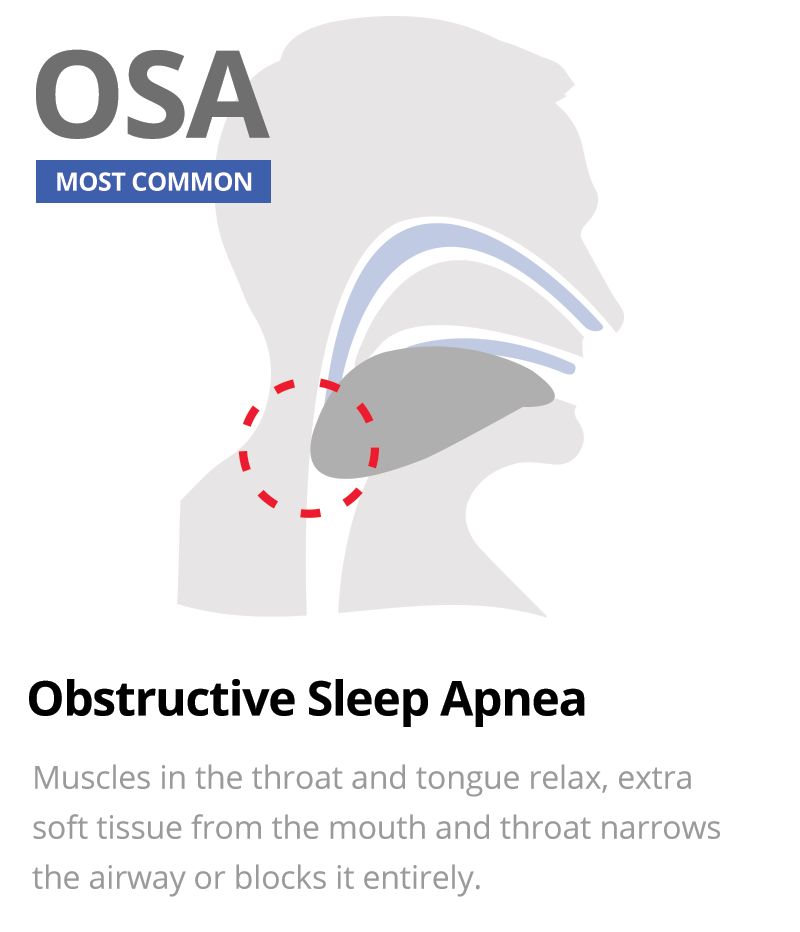
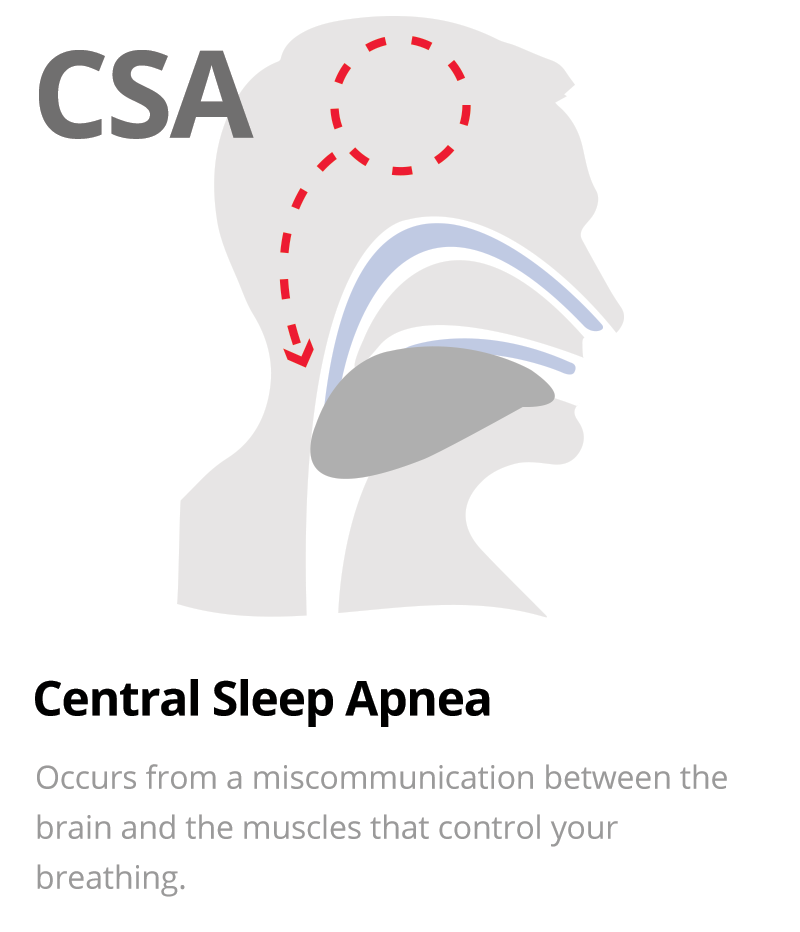
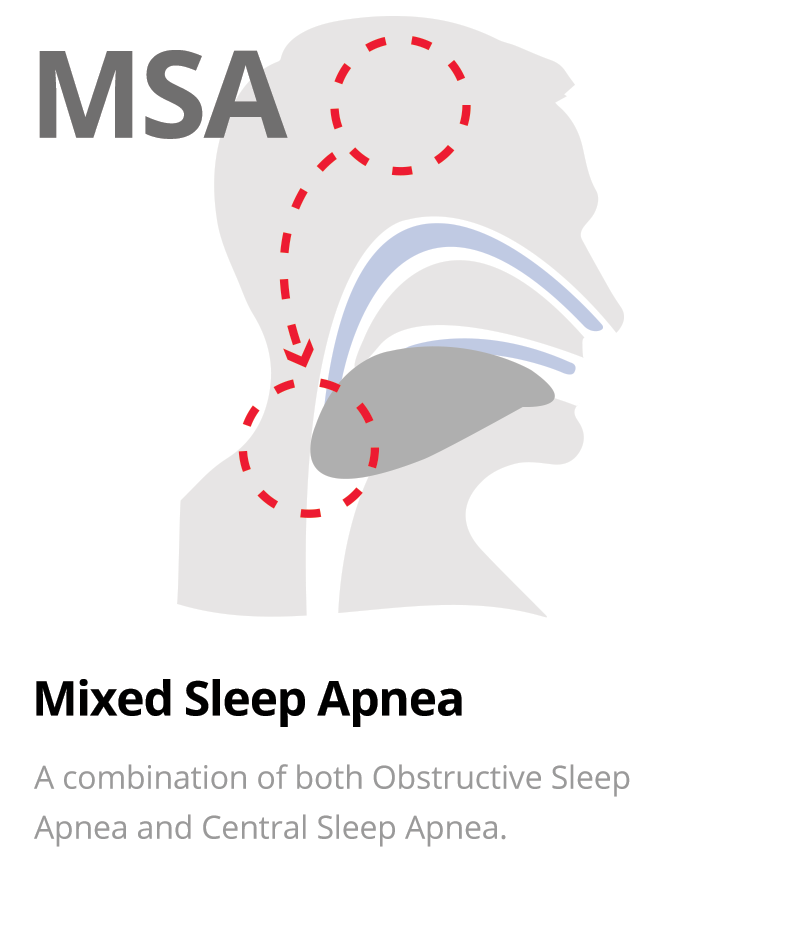
Obstructive Sleep Apnea (OSA)
OSA is the most common, and it’s caused by a physical impediment of keeping the airway free. Whenever the muscles in the throat and tongue relax, extra soft tissue from the mouth and throat narrows the airway or blocks it entirely. Due to the airway obstruction, oxygen levels are low and the heart has to work harder to deliver the limited oxygen intake to the cells.
Central Sleep Apnea (CSA)
CSA occurs from a miscommunication between the brain and the muscles that control your breathing.
Mixed Sleep Apnea (MSA)
Mixed Sleep Apnea is the combination of both, Obstructive Sleep Apnea and Central Sleep Apnea.
How is Sleep Apnea Diagnosed?
To diagnose sleep apnea, the patient needs to be monitored during sleep. The sleep study or sleep test requires a medical prescription, and is done either through an in-lab polysomnography sleep study or with an in-home sleep test.
There are multiple options for in-home sleep apnea testing. Some sleep tests use peripheral arterial signals to measure the brain’s reaction to an obstructed airway, rather than measuring the obstruction itself. Other sleep tests are respiratory effort devices that use a small monitor with sensors to track breathing, oxygen levels, and any breathing effort during sleep cycles.
DISCOVER MORE ABOUT IN-HOME SLEEP APNEA TESTING >
An overnight sleep study is called polysomnography, and it consists of a series of exams performed during your sleep while being supervised by a sleep specialist. Polysomnography is the most accurate way to diagnose the type of sleep apnea and its level of severity.
For children, researchers have found enlarged tonsils are the most common cause of sleep apnea. This is often diagnosed when children suffer from strep throat.
Do You Have These Common Risk Factors Of Sleep Apnea?
Take this quick quiz to see if you have a low, medium or high risk sleep apnea profile. Easy, Fast, Secure.
Treatment Options for Sleep Apnea Patients
Depending on the severity of your sleep apnea, making lifestyle changes can alleviate the symptoms and improve your sleep. Although lifestyle changes can help with the severity of sleep apnea symptoms, they can not cure sleep apnea.
If diagnosed with sleep apnea, in most cases, the use of appliances or devices is needed. Whatever the case is, your sleep specialist will determine what is best for you after your diagnosis.
These are some of the treatments a sleep specialist may prescribe:
Continuous Positive Airway Pressure (CPAP)
CPAP therapy is the most common type of PAP (positive airway pressure) device used to treat OSA. It’s the most effective treatment for moderate to severe cases.
A CPAP device supplies steady air pressure through the mouth, keeping the airway open and clear. When the device is worn every night, CPAP is 99.5% effective for sleep apnea. The device can be a mask that covers the mouth and nose or small nasal pillows worn in the nostrils.
CPAP devices are the gold standard when treating sleep apnea. They’ve been in use since the 80s, and nowadays, there are different models suited to the comfort and needs of the patient. If prescribed, most insurance plans cover the cost of CPAP equipment and therapy.
Other types of PAP devices very similar to CPAP are BiPAP and Auto PAP. Sleep medicine specialists will work closely with patients to determine which equipment best suits their needs.
Oral Appliances
Similar to the oral appliances people use after having braces, there are some oral appliance devices that can help with mild to moderate OSA.
There are two types of oral appliances, mandibular advancements devices (MADs) and Tongue Retaining Mouthpieces. Both help push the tongue away from the back of the throat to avoid an obstruction from happening.
Oral appliances work well for patients who have snoring without apnea or mild sleep apnea without any significant health issues.
One of the biggest drawbacks to an oral appliance is that it can worsen Temporomandibular Joint (TMJ) issues, or issues of the jaw bone. Patients must also have excellent dental hygiene in order for the device to be an option.
Surgery
In rare cases, surgery is used to treat OSA. This option is not commonly used as its success rate is approximately 25-30%. Surgery is the most expensive of the treatment options, and patients who undergo surgery require a week or more to recover and report significant pain post-procedure.
If surgery is deemed appropriate as a treatment option, the doctor will determine which area requires an operation. Each surgery depends on where the obstruction occurs in the patient; this can vary, but tends to occur near the throat, nose and tongue.
The most common surgical method for people suffering from sleep apnea is uvulopalatopharyngoplasty, or UPP for short. UPP is a procedure that aims to remove the excessive tissue near the pharynx and soft palate. Once the tissue is removed, the doctor will use sutures to keep the oropharynx — or the particular region of the upper airway — open. For most sleep apnea patients, this area is a key obstruction spot.
Consult With a Sleep Specialist
If you think you’re suffering from sleep apnea, don’t wait any longer. There’s no reason to expose your health and wellbeing. Our specialists at the Sleep Centers of Middle Tennessee can help.
